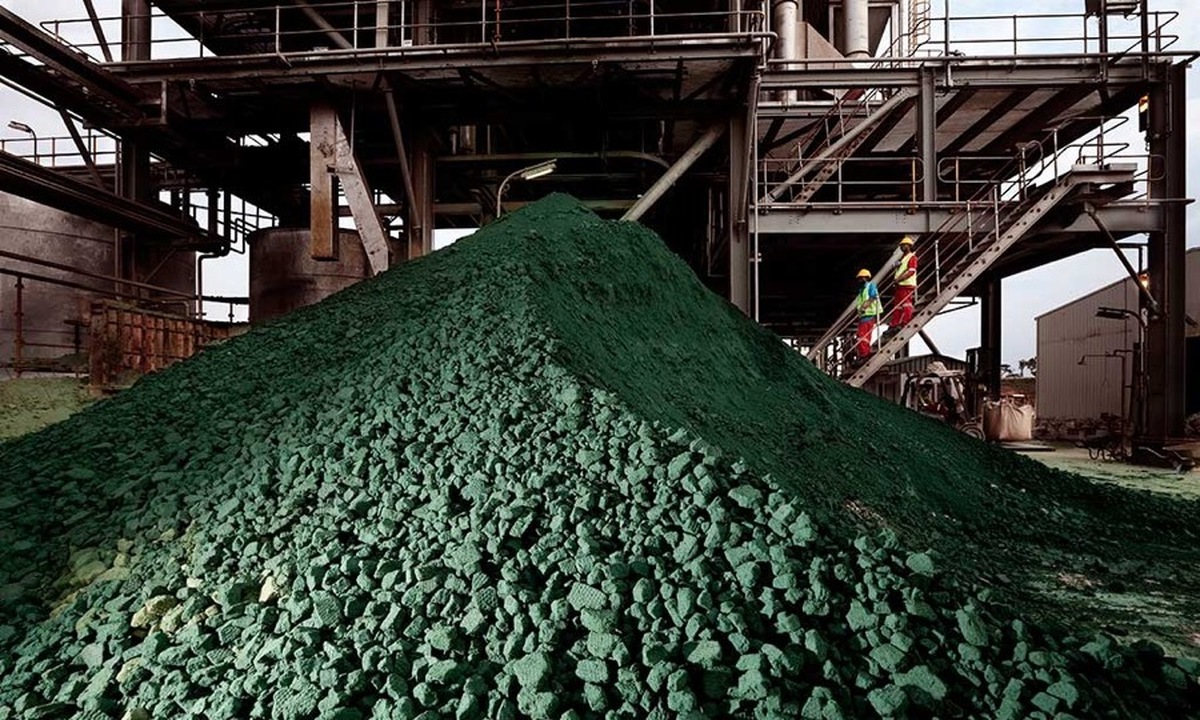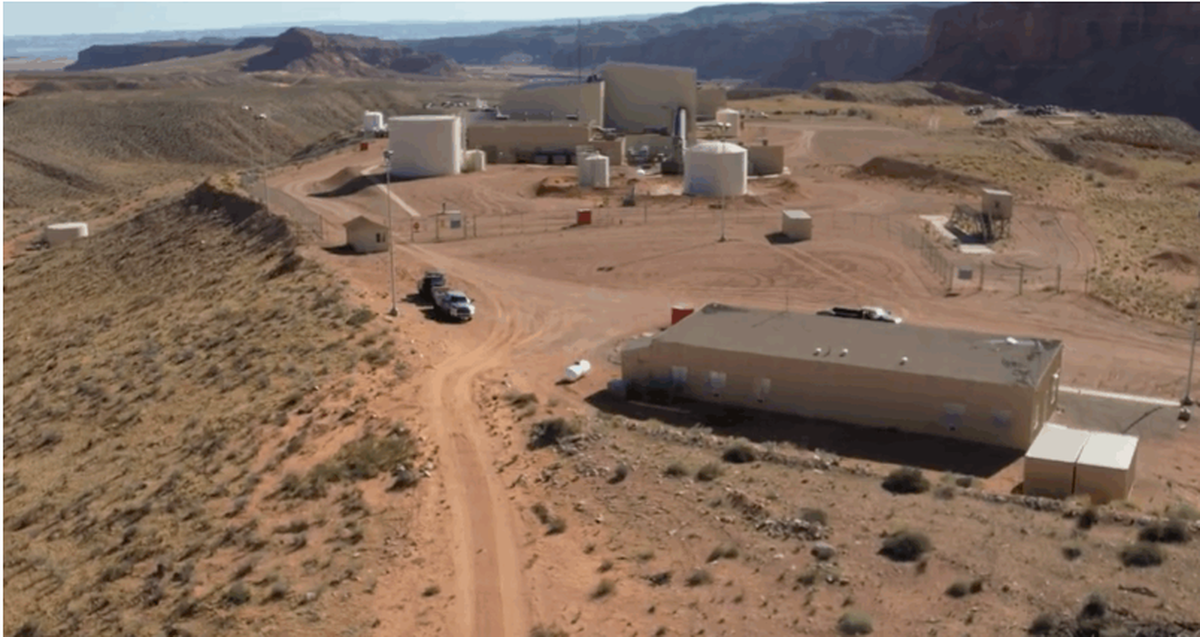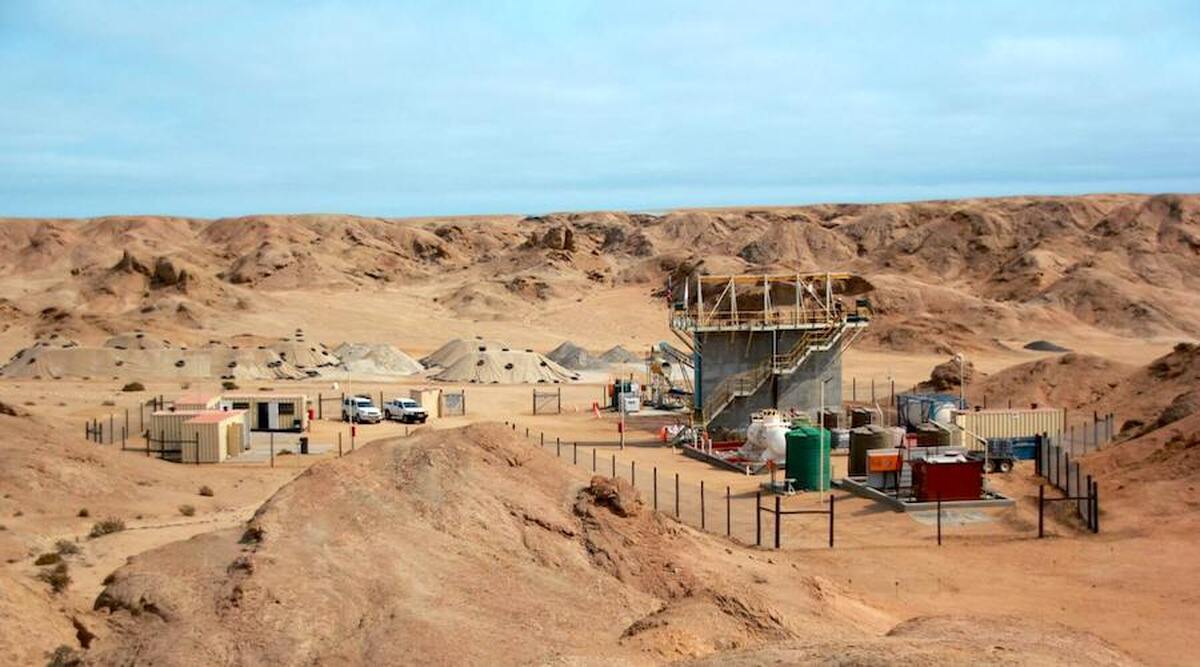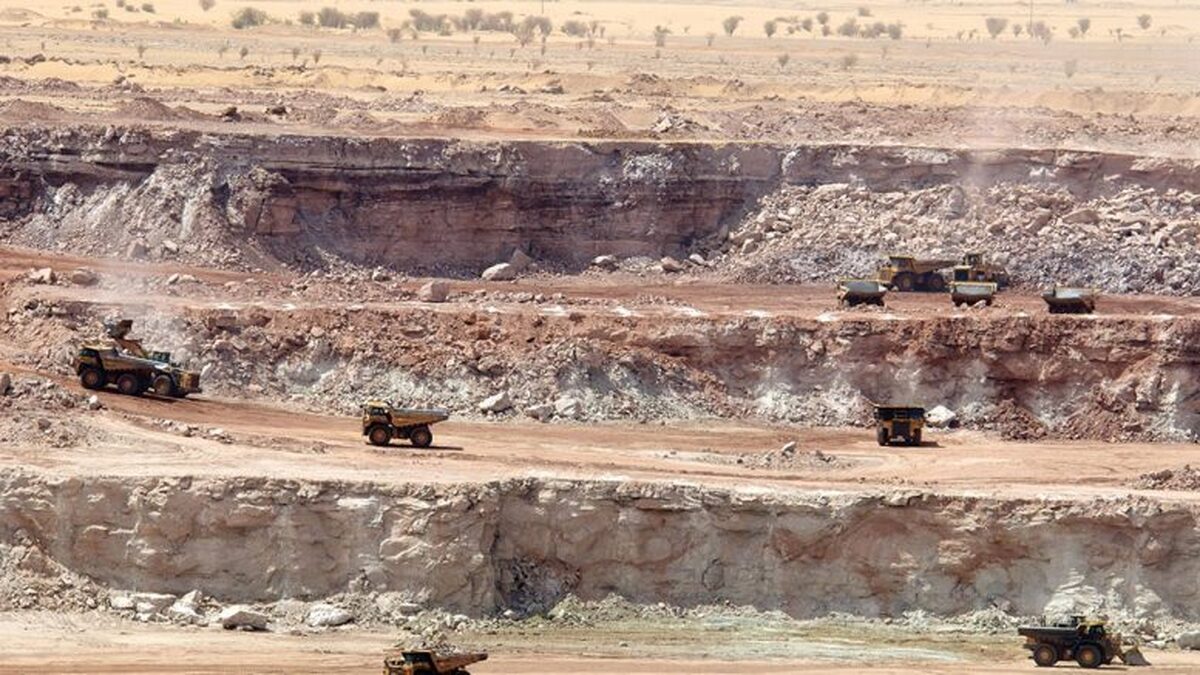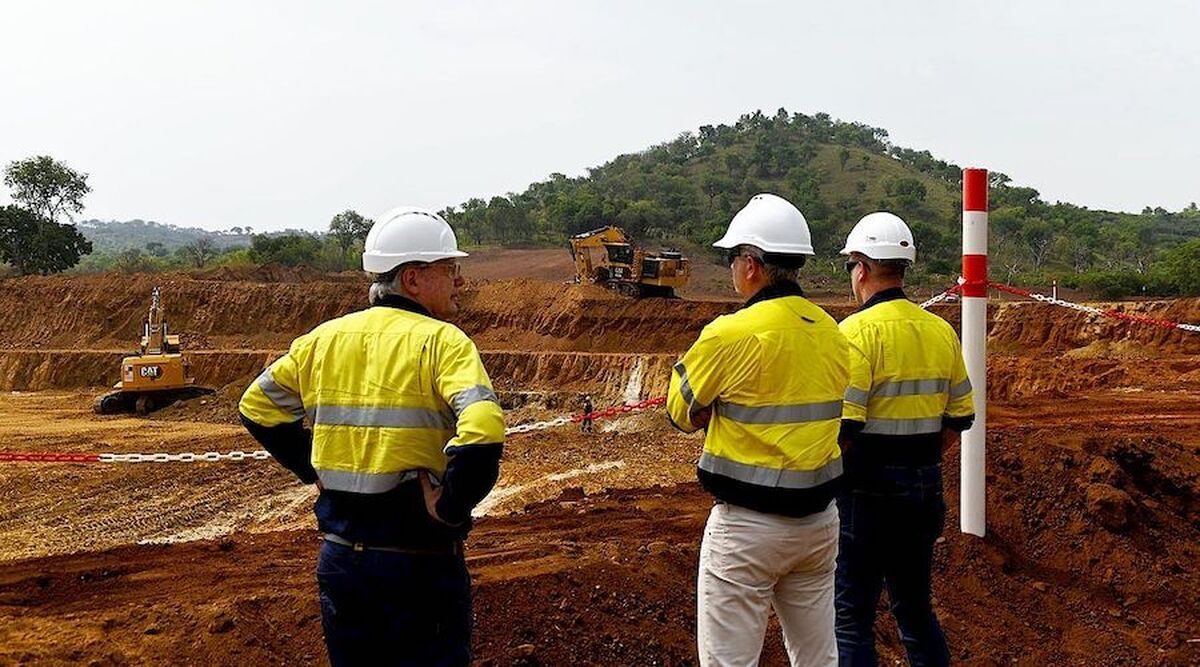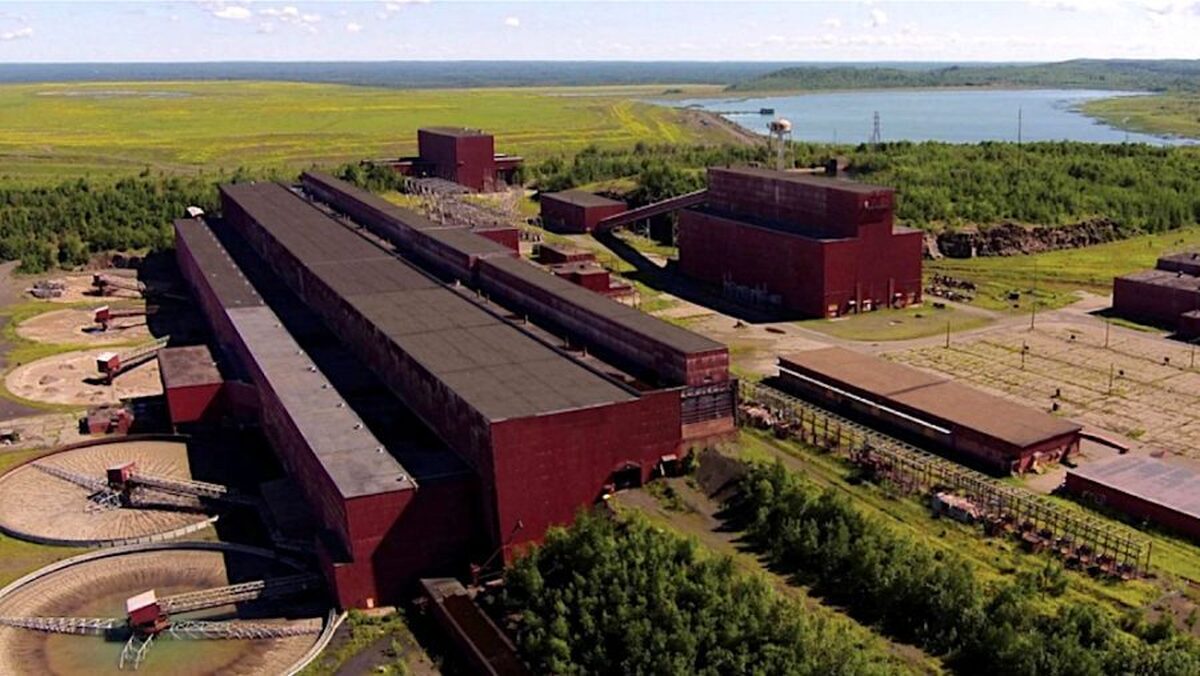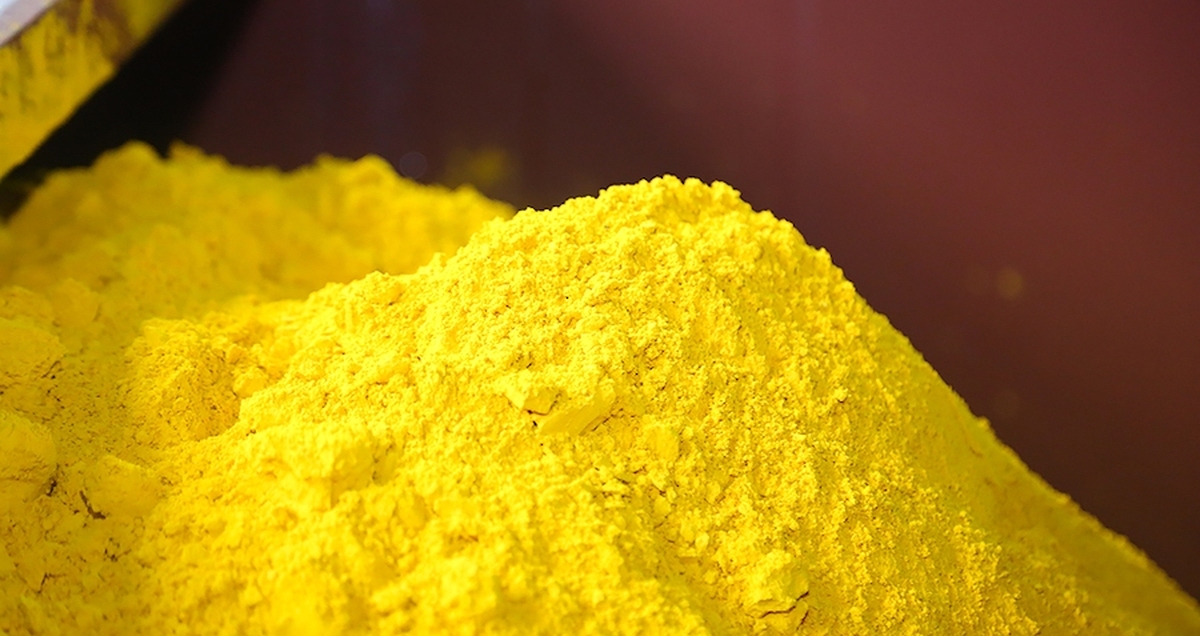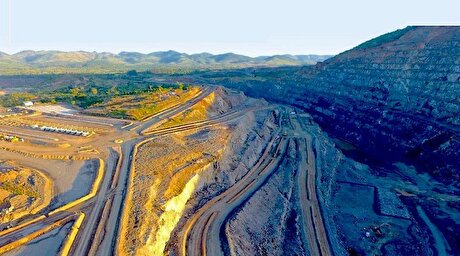
Paladin Energy faces second lawsuit over slashed uranium forecast

According to me-metals cited from mining.com, The new legal action, if initiated, would unfold in the Supreme Court of Victoria in Melbourne and mirrors claims made in a separate class action alleging the uranium miner misled investors.
The potential new proceedings focus on disclosures made between June 27, 2024, and March 25, 2025. The previous suit accused Paladin of misleading investors and breaching ASX continuous disclosure rules between June 27 and November 11, 2024. Both actions centre on Paladin’s uranium production forecasts.
“Paladin intends to strongly defend any proceedings in relation to those matters, if they are commenced,” the uranium producer said.
The Perth, Australia-based company restarted its flagship Langer Heinrich mine in Namibia in late 2023, after a five-year shutdown.. It issued its first production guidance for fiscal 2025 on June 27, targeting 4 million to 4.5 million pounds of uranium oxide (U₃O₈). That forecast was revised downward in November to 3 million to 3.6 million pounds due to inconsistent ore stockpiles and water supply disruptions.
Then in March, after unseasonal heavy rainfall further impacted operations, Paladin scrapped its 2025 guidance entirely. It also acknowledged that it no longer expects to hit its nameplate production run rate of 6 million pounds by the end of 2025.
Investor frustration has grown, with shares down sharply — from A$15.66 a year ago to A$6.24 today. The company’s current market cap stands at A$2.5 billion ($1.6 billion).
Regaining traction
Despite setbacks, Paladin and most uranium miners remain bullish on long-term prospects. As global momentum behind nuclear energy accelerates, driven by countries like India and the UK, demand for uranium is projected to soar. Yet supply is forecast to stagnate, then fall post-2029 due to underinvestment and long lead times for new projects. That looming imbalance could ignite a major price surge.
With uranium mining banned in Western Australia and Queensland, Paladin is actively seeking growth opportunities abroad. It maintains that primary uranium production is insufficient and likely to stay that way.
The uranium market has already shown signs of recovery. Spot prices rebounded 5.4% in April to $67.7 per pound, rising further to $70 in early May. That’s a 10% increase from this year’s lows. The long-term contract price has remained steady at $80, underlining strong long-term fundamentals.
Paladin has been hunting for growth options outside the home country, where uranium mining is banned in both Western Australia and Queensland. The company argues that the current shortfall in primary uranium production is structural and likely to persist.
With more than half of global uranium output concentrated in just 10 mines, most with declining grades, the spotlight is turning to junior miners.
According to the International Atomic Energy Agency, uranium demand is expected to more than double by 2040, exceeding 100,000 tonnes annually. Currently, two-thirds of global supply comes from just three countries: Kazakhstan, Canada and Australia.
source: mining.com


Gold price edges up as market awaits Fed minutes, Powell speech

Glencore trader who led ill-fated battery recycling push to exit
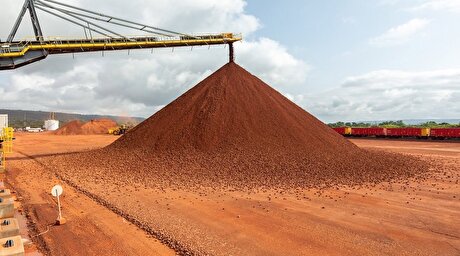
Emirates Global Aluminium unit to exit Guinea after mine seized
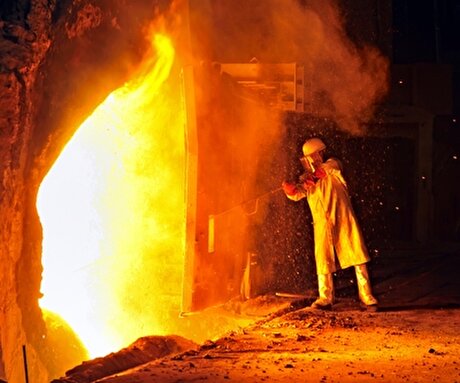
Iron ore price dips on China blast furnace cuts, US trade restrictions

Roshel, Swebor partner to produce ballistic-grade steel in Canada

US hikes steel, aluminum tariffs on imported wind turbines, cranes, railcars

EverMetal launches US-based critical metals recycling platform

Afghanistan says China seeks its participation in Belt and Road Initiative

Trump weighs using $2 billion in CHIPS Act funding for critical minerals

Energy Fuels soars on Vulcan Elements partnership
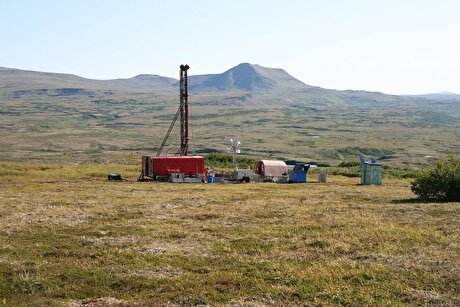
Northern Dynasty sticks to proposal in battle to lift Pebble mine veto

Giustra-backed mining firm teams up with informal miners in Colombia

Critical Metals signs agreement to supply rare earth to US government-funded facility

China extends rare earth controls to imported material
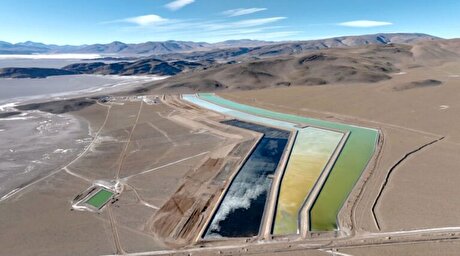
Galan Lithium proceeds with $13M financing for Argentina project
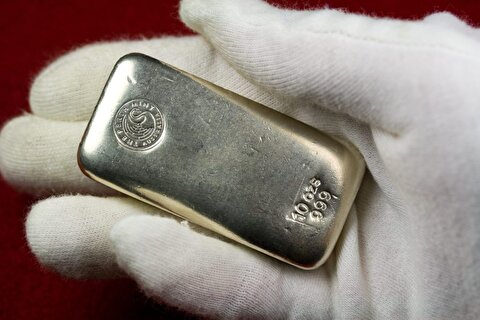
Silver price touches $39 as market weighs rate cut outlook
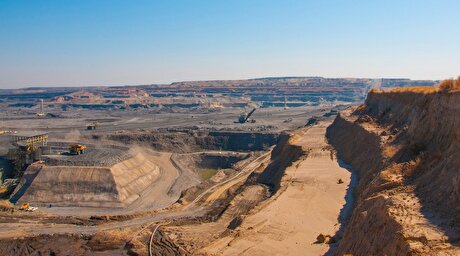
First Quantum drops plan to sell stakes in Zambia copper mines

Ivanhoe advances Kamoa dewatering plan, plans forecasts

Texas factory gives Chinese copper firm an edge in tariff war

Energy Fuels soars on Vulcan Elements partnership

Northern Dynasty sticks to proposal in battle to lift Pebble mine veto

Giustra-backed mining firm teams up with informal miners in Colombia

Critical Metals signs agreement to supply rare earth to US government-funded facility

China extends rare earth controls to imported material

Galan Lithium proceeds with $13M financing for Argentina project

Silver price touches $39 as market weighs rate cut outlook

First Quantum drops plan to sell stakes in Zambia copper mines

Ivanhoe advances Kamoa dewatering plan, plans forecasts


